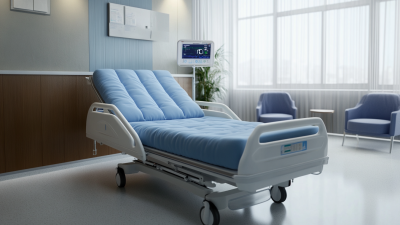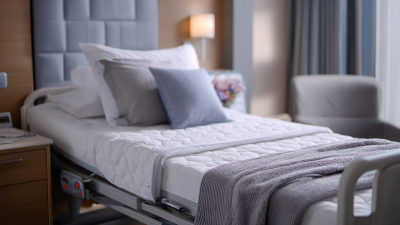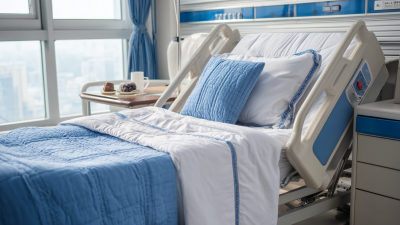Pressure sores, also known as bedsores or decubitus ulcers, are a significant concern for individuals with limited mobility, often leading to serious complications if not addressed promptly. To effectively prevent these painful lesions, it is crucial to implement strategies including the use of Anti Decubitus solutions. These solutions encompass a range of products and practices designed to reduce pressure on vulnerable areas of the body, thus promoting skin integrity and overall health. In this article, we will explore various Anti Decubitus options available in the market, as well as practical tips for their effective use. By understanding and utilizing these preventative measures, caregivers and healthcare providers can play a pivotal role in safeguarding patients against the development of pressure sores, enhancing their quality of life and comfort.
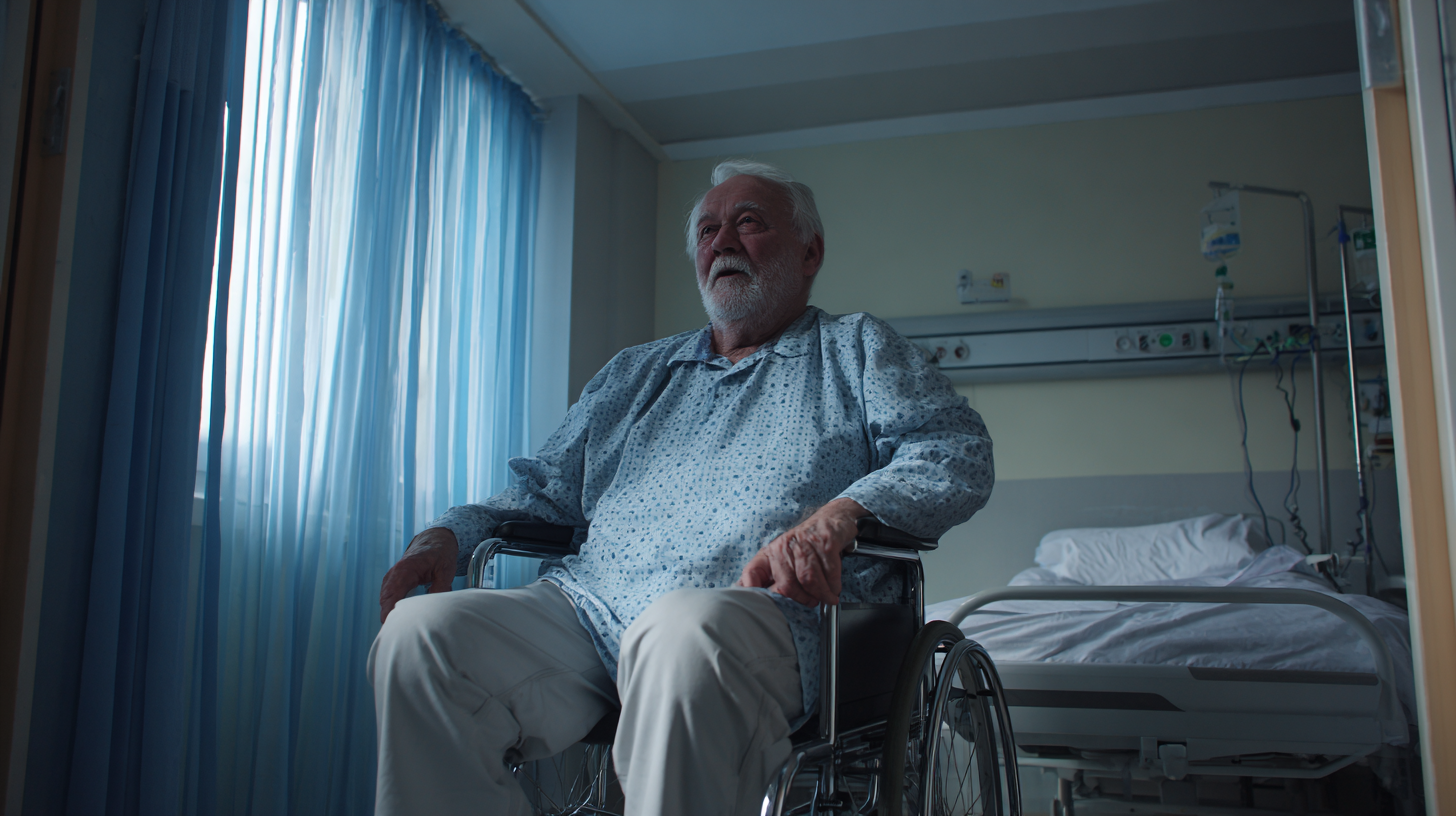
Pressure sores, also known as bedsores or decubitus ulcers, are injuries to the skin and underlying tissues resulting from prolonged pressure on the skin. According to a report by the National Pressure Injury Advisory Panel, approximately 2.5 million patients in the United States develop pressure sores each year, a staggering statistic that highlights the importance of understanding their causes and risk factors. The primary causes of pressure sores include immobility, excessive moisture, and poor nutrition, which can impair skin integrity and circulation.
Certain populations are at a higher risk, particularly individuals with limited mobility due to medical conditions such as stroke, spinal cord injuries, or advanced age. The incidence of pressure injuries is notably higher in hospitalized patients, where it can range from 8% to 29%, according to a study published in the Journal of Wound Care. Moreover, other risk factors include sensitivity of the skin, existing health conditions, and the use of certain medical devices that can create pressure points. Identifying these factors is essential in developing effective preventative strategies to mitigate the risk of pressure sores and improve patient outcomes.
Anti-decubitus mattresses play a crucial role in preventing pressure sores, particularly for individuals with limited mobility.
 These specialized mattresses are designed to redistribute body weight, reduce pressure on vulnerable areas, and promote circulation. By utilizing various materials and technologies, such as air-filled chambers or memory foam, these mattresses provide a significantly more comfortable sleeping surface compared to standard mattresses.
These specialized mattresses are designed to redistribute body weight, reduce pressure on vulnerable areas, and promote circulation. By utilizing various materials and technologies, such as air-filled chambers or memory foam, these mattresses provide a significantly more comfortable sleeping surface compared to standard mattresses.
The dynamic nature of some models allows them to adjust to the user's movements, further minimizing the risk of skin breakdown.
When selecting an anti-decubitus mattress, it is essential to consider the level of support it provides, as well as its compatibility with the patient's specific needs. Factors such as weight, medical condition, and mobility should guide the choice of mattress. Regular assessment of the mattress’s effectiveness is also vital; caregivers should monitor the patient's skin condition and make adjustments as necessary. By focusing on the effective use of anti-decubitus solutions, individuals and caregivers can significantly reduce the incidence of pressure sores, ensuring better overall health and well-being.
To prevent pressure sores effectively, regular position changes are essential. Here are the top five tips for implementing these changes. First, establish a timetable for repositioning, ensuring that individuals are moved at least every two hours. This schedule can help maintain circulation and relieve pressure on vulnerable areas.
Second, utilize pressure-relieving devices such as specialized mattresses and cushions when possible. These solutions can significantly absorb pressure and provide support, especially for those who are bedridden for extended periods. Additionally, consider using pillows to support various body parts, helping to maintain comfort and reduce direct pressure.
Third, encourage mobility as much as possible. Simple movements can make a significant difference. Fourth, be mindful of skin condition; regularly check for signs of redness or irritation, which can indicate beginning stages of pressure sores. Finally, educate caregivers and family members about the importance of these techniques in preventing pressure sores, ensuring a communal effort to minimize risks.
Pressure sores, also known as bedsores or pressure ulcers, are a significant concern for individuals with limited mobility. The importance of skin care routines in preventing these sores cannot be overstated. According to the National Pressure Injury Advisory Panel (NPIAP), approximately 2.5 million people in the U.S. develop pressure ulcers each year, leading to serious complications and increased healthcare costs. A proactive skin care routine can effectively reduce the risk of these injuries by maintaining skin integrity and hydration.
Proper skin care involves regular assessment and cleansing of the skin, particularly in high-risk areas such as heels, elbows, and bony prominences. The use of moisturizers and barrier creams can help protect the skin from excessive moisture and friction, which are critical factors in pressure sore development. Studies have shown that frequent repositioning—ideally every two hours—paired with a diligent skin care regimen can cut the incidence of pressure injuries by up to 60%. Implementing these practices not only improves patient comfort but also significantly decreases the burden on healthcare systems.
| Prevention Method | Description | Frequency | Effectiveness |
|---|---|---|---|
| Regular Turning | Changing positions every 2 hours to relieve pressure on skin. | Every 2 hours | High |
| Pressure Relief Cushions | Using specialized cushions to reduce pressure points. | Daily | Moderate |
| Skin Care Routine | Keeping skin clean and dry to prevent breakdown. | Daily | High |
| Nutritional Support | Ensuring adequate nutrition to support skin health. | Ongoing | High |
| Hydration | Encouraging fluid intake to maintain skin moisture. | Daily | Moderate |
Monitoring and assessing skin condition is crucial in preventing pressure sores, especially for individuals who are at high risk due to limited mobility. Regular skin assessments should be conducted at specific intervals, ideally daily, to identify any early signs of pressure injury. Caregivers should look for changes in skin color, temperature, or texture. Using standardized tools, such as the Braden Scale, can help determine the risk level of skin breakdown and facilitate timely intervention.
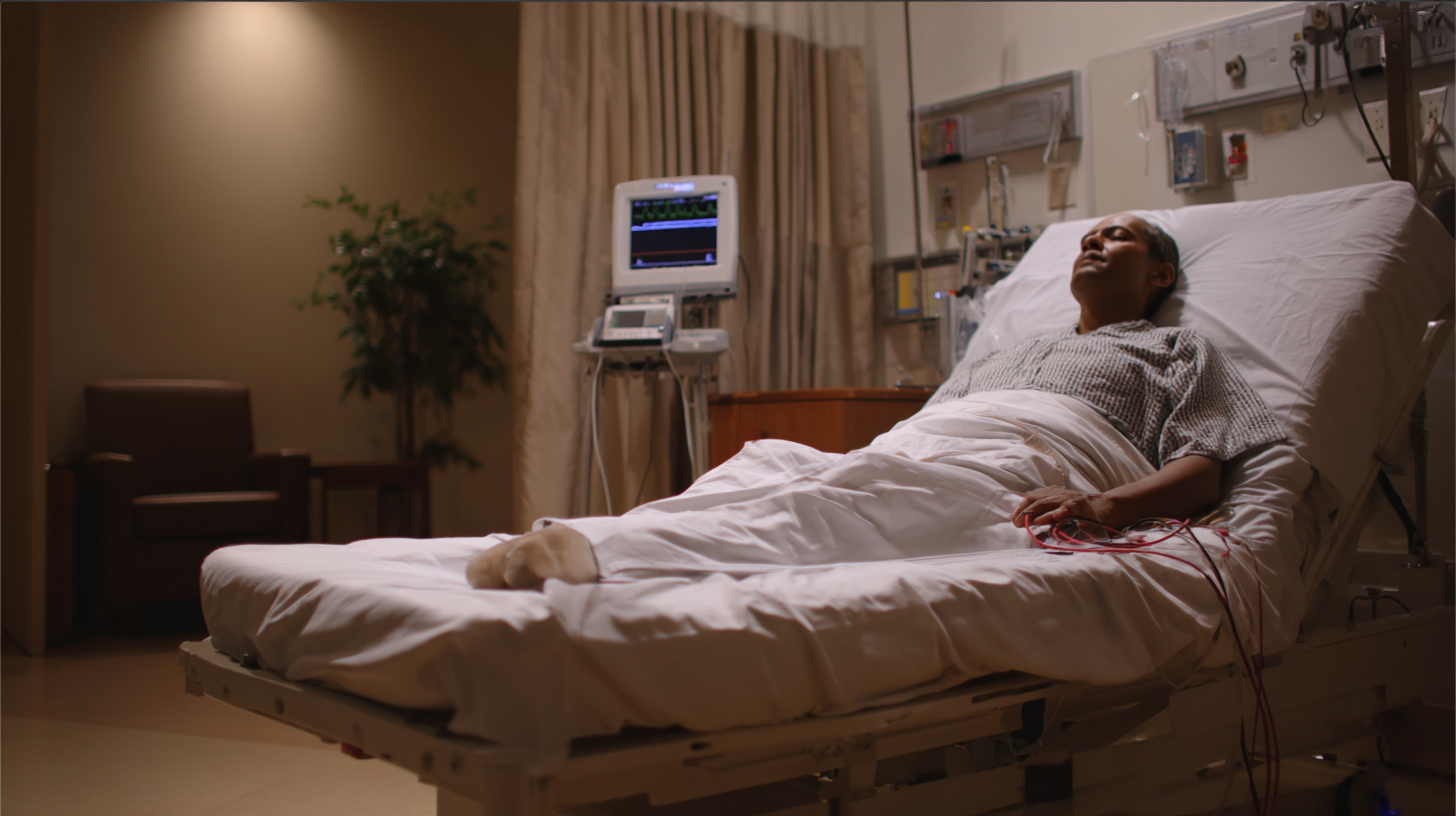
Best practices involve both visual inspections and tactile assessments. Caregivers should familiarize themselves with the patient's baseline skin condition, allowing for better detection of deviations from their normal state. Additionally, documenting any changes and interventions can provide valuable information for healthcare teams, ensuring that appropriate pressure relief measures are implemented. Emphasizing education for caregivers on recognizing warning signs of pressure injuries enhances overall skin care protocols and significantly reduces the incidence of pressure sores.

